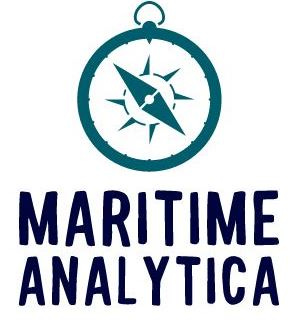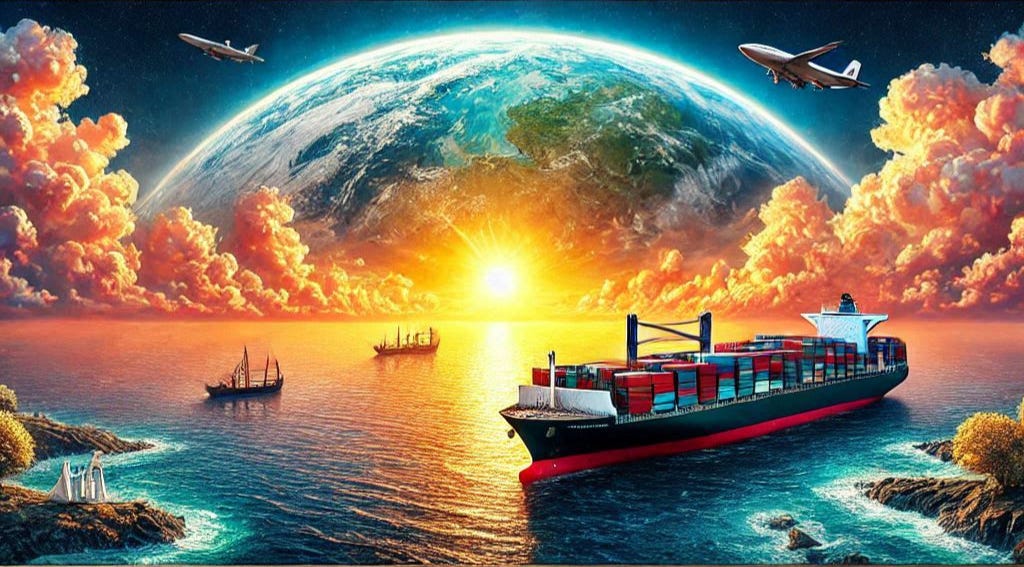🛳️ 10 Must-Known Facts About Container Shipping That Will Surprise You (2nd Edition)
🔥Revealing the truths of an industry driving global trade.
🌟Follow us: Website / YouTube / LinkedIn / LinkedIn Newsletter / 🔥Q3 Report!
🔥Greeting Mavericks,
✨Shipping is more than mere logistics—it's the lifeblood of global commerce, a complex web connecting every corner of the world. While myths and misunderstandings cloud its brilliance, the truth reveals an awe-inspiring industry at the intersection of technology, innovation, and sustainability.
As the legendary Peter Drucker once said, “The best way to predict the future is to create it.” In the world of shipping, that future is being forged right now, with every container transported and every new technology adopted.
Let’s embark on a journey through 10 eye-opening facts that will transform your understanding of container shipping and unlock the future of trade.
Myth #1: “Shipping is expensive because vessels burn too much fuel.”
Fact: Modern container ships are impressively efficient. A ship like the Emma Maersk consumes about 312 tons of fuel per day to carry thousands of containers. This translates to moving 1 ton of cargo nearly 160 kilometers on just 1 ton of fuel, making shipping one of the most fuel-efficient modes of transport, outperforming trucks and airplanes.
Myth #2: “There’s no innovation in shipping.”
Fact: Innovation drives the industry. Autonomous ships like Yara Birkeland, the world’s first zero-emission autonomous container vessel, showcase the transformative potential of tech in maritime logistics.
Myth #3: “Container shipping is primarily for developed economies.”
Fact: Emerging markets dominate growth. Over 70% of global container trade originates from or is destined for developing nations, fostering economic connections worldwide.
Myth #4: “Ocean is full of containers lost at sea.”
Fact: Statistically rare. 221 containers were lost at sea in 2023 out of 250 million containers transported, a reduction from the previous lowest-ever loss of 661 containers in 2022. Stringent safety regulations ensure secure transport.
Myth #5: “Shipping lanes never change.”
Fact: They adapt to geopolitical shifts and climate conditions. In 2024, Arctic shipping routes gained prominence due to melting ice, reducing transit times between Europe and Asia by 40%.



